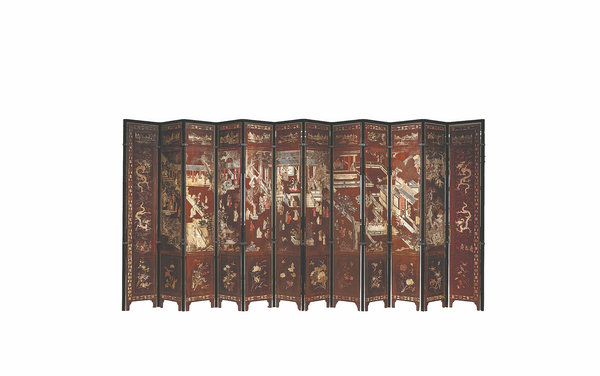

Together, these works represent the very peak of lacquerware development in China. The exhibition also features exquisite artifacts from six other Chinese museums, including the Hunan Museum, in Changsha, and Hubei's Jingzhou Museum, along with contemporary artworks from the Hubei Museum of Art that have been created by domestic and international artists.
"The exhibition embodies the importance of cultural exchange between China and the US. Such high-level cultural interactions can not only strike an emotional chord with the public but also facilitate more meaningful dialogue between nations," says Jay Xu, retired director of the Asian Art Museum of San Francisco.
"China possesses the world's most diverse lacquerware craftsmanship and the longest history of production ... The crafting techniques of lacquerware have been continually refined over different eras, giving rise to a rich diversity of new methods and styles," he says.
He highlights that natural lacquer is an environmentally friendly material. Although it may cause allergies during the production process, it becomes very durable and lightweight once finished.